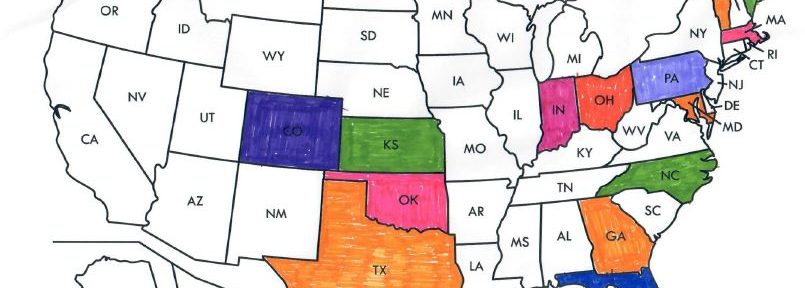Tag: 630 meters
-

HCRA/SOTA Jerks – 630 meter Challenge Results
Last fall HCRA and SOTA Jerks put forth a 630 meter challenge to our members. The idea and rules were simple. Get people interested in operating on the new band and offer a $100 prize for achieving the longest confirmed QSO. Yes, there were other rules but lets keep it simple. We’re all about simple!…
-
630 Meter Challenge
630 Meter Challenge – Halftime Update: The HCRA/SOTA Jerks 630 meter challenge crosses the halfway point January 1, 2018. So far close to a half dozen members have made QSO’s or SWL reports on our new, medium frequency (MF) band. Here’s a quick overview of their achievements so far along with station descriptions and photos.…
-
VLF Contest Announcement
HCRA & SOTA Jerks VLF Competition As you know the FCC has recently approved amateur radio use on the VLF (Very Low Frequency) bands starting September 15th, 2017. These bands are 135.7 to 135.8 kHZ (2,200 meters) and 472 to 479 kHz (630 meters). More information can be found about the authorization and bands…
